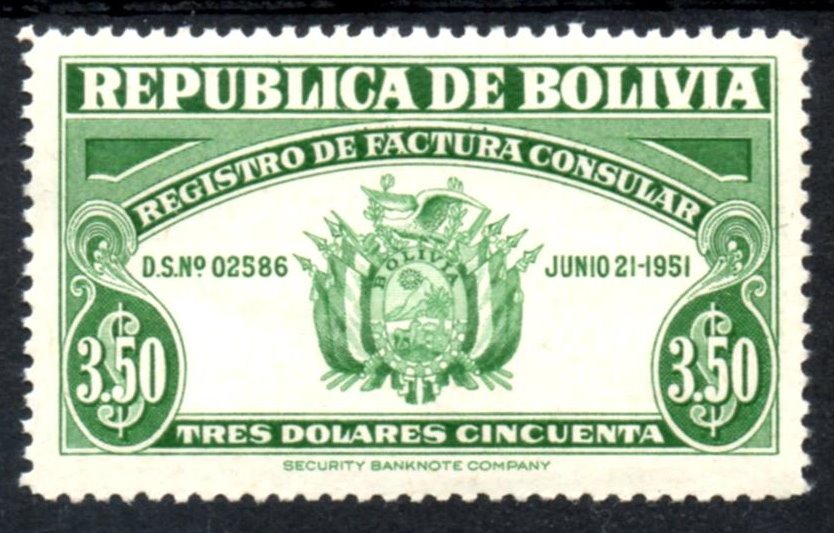Postage stamps and postal history of Bolivia on:
[Wikipedia]
[Google]
[Amazon]


 Bolivia was formerly known as ''Upper Peru'' and became an independent republic on 6 August 1825. It has produced its own
Bolivia was formerly known as ''Upper Peru'' and became an independent republic on 6 August 1825. It has produced its own
Virtual exhibition of early Bolivia.
*[http://www.paperheritage.co.uk/articles/Bolivia.html Bolivia Obligatory Tax Stamps: 1940s Train & Posthorn: A Study
Archived here.
{{PostalhistoryAmericas Philately of Bolivia


 Bolivia was formerly known as ''Upper Peru'' and became an independent republic on 6 August 1825. It has produced its own
Bolivia was formerly known as ''Upper Peru'' and became an independent republic on 6 August 1825. It has produced its own postage stamp
A postage stamp is a small piece of paper issued by a post office, postal administration, or other authorized vendors to customers who pay postage (the cost involved in moving, insuring, or registering mail), who then affix the stamp to the f ...
s since 1867. Rossiter, Stuart & John Flower. ''The Stamp Atlas''. London: Macdonald, 1986, p. 170. Stamps from Bolivia are marked as ''Correos de Bolivia''. Tensions between Chile and Bolivia have influenced both countries' stamps and postal history.
History
Up to 1895 postal routes were composed mainly of the Oruro-Antofagasta railway, riders on horseback and river boats. Internal postal routes remained poor until the introduction ofairmail
Airmail (or air mail) is a mail transport service branded and sold on the basis of at least one leg of its journey being by air. Airmail items typically arrive more quickly than surface mail, and usually cost more to send. Airmail may be t ...
in the 1920s.
British stamps were used between 1865 and 1878 at the port of Cobija
Cobija is a city in Bolivia, capital of the department of Pando, is located about 600 km (373 mi.) north of La Paz in the Amazon Basin on the border with Brazil. Cobija lies on the banks of the Rio Acre across from the Brazilian ci ...
, which no longer exists, and they may be identified by the cancellation C39.
Chilean stamps were used in occupied areas of Bolivia between 1 December 1881 and 11 October 1883.
Gate of the sun
Bolivian postage stamps are a classical illustration of the problems caused by irregularities in production and the impact of large-scale inflation. Bolivia was one of the South American countries that made efforts to commemorate pre-Columbian times in the images used on the stamps. The "Gate of the sun" set of nineteen stamps was authorised in 1926 to commemorate Bolivia's independence. The stamps were engraved and printed in Germany, and on learning that the stamps had been sold without permission in Europe, the authorities ordered the rest to be locked in a bank vault where they remained for thirty-five years. When eventually they were released in 1960, inflation had caused havoc to Bolivia's currency and they needed to be surcharged, sometimes to 10,000 times their original denomination. The highest value five boliviano stamp was surcharged to become five thousand bolivianos.See also
* Revenue stamps of BoliviaReferences
Further reading
* Akerman, Clive and Hilchey, Albert W. (2010) ''The Revenue Stamps of Bolivia''. 2nd edn. * Frux, Gregory William "A Mountain and A Nation: Illimani and Bolivia" ''Scott Stamp Monthly'', July 2002, pp. 52, 54 * Frux, Gregory William "Bolivia's remarkable diversity revealed on its stamps" ''Scott Stamp Monthly'', September 2008, pp. 28-31External links
Virtual exhibition of early Bolivia.
*[http://www.paperheritage.co.uk/articles/Bolivia.html Bolivia Obligatory Tax Stamps: 1940s Train & Posthorn: A Study
Archived here.
{{PostalhistoryAmericas Philately of Bolivia